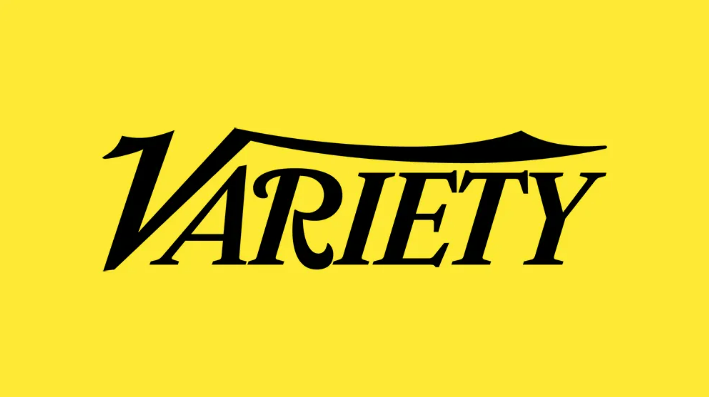
“We’re excited by the warmly moving and funny CAMP HIDEOUT, and to continue Roadside’s theatrical success with faith-based films such as I CAN ONLY IMAGINE and the recent FAMILY CAMP,” Roadside Attractions’ co-president, Howard Cohen said.

“Overcoming writer’s block is like walking across hot coals and the trick to avoiding a severe burn is to keep walking.”

“The project has been canceled, said writer C. Neil Davenport, citing the ongoing SAG-AFRA and Writer’s Guild strikes as part of the reason for the film’s cancellation.”

“Davenport, a graduate of the School of Filmmaking at the University of North Carolina School of the Arts (UNCSA), has not one but two projects he’s currently working on.”

“Roadside Attractions has acquired the U.S. rights to “Camp Hideout” and will release the family comedy theatrically in the fall.”

“Being a screenwriter on Called Higher Studio’s first feature film, Camp Hideout (2022) was an extraordinary experience. It is a faith-based kid’s comedy staring Christopher Lloyd…”

“A moment with C. Neil Davenport after a 6 hour Screenwriters Workshop.”

“This is my purpose on earth. Giving a communicated voice to those who have something worth sharing is what I’m here to do. However, getting to that point hasn’t been a cakewalk.”

“He didn’t want to buy my script but liked it enough to hire me as a developer on an idea he had. This single phone call changed my life.”

“In Smokefall, Berres, Davenport and Evans will all play more than one role. Evans is playing three characters: Footnote, Fetus Two and Samuel. Davenport is also the assistant director.”

“A narrator named Footnote, a girl who drinks paint water, and a Colonel who can’t remember what he ate for breakfast – These are just a few of the vivid characters in Noah Haidle’s Smokefall.”

“The Cinema Series, the event brings together students, faculty, staff and community members to watch “fresh” films that are not screened at local box-office cinemas.”

“Davenport, who played as Daniel and Fetus One in the play, was also part of The Agency. He was the producer of a short documentary about the production of Smokefall.”